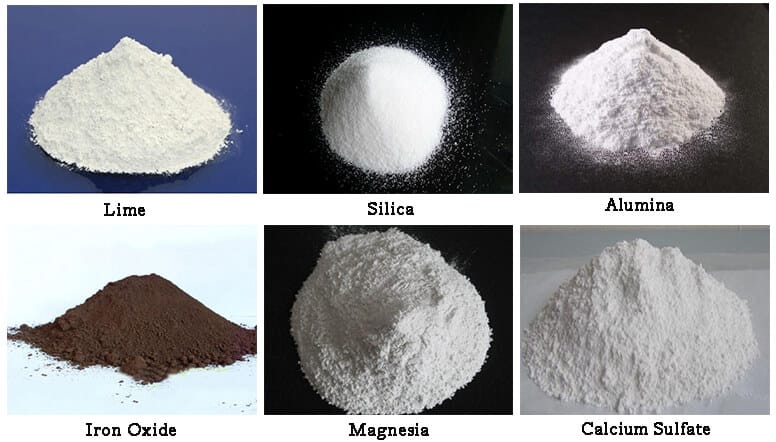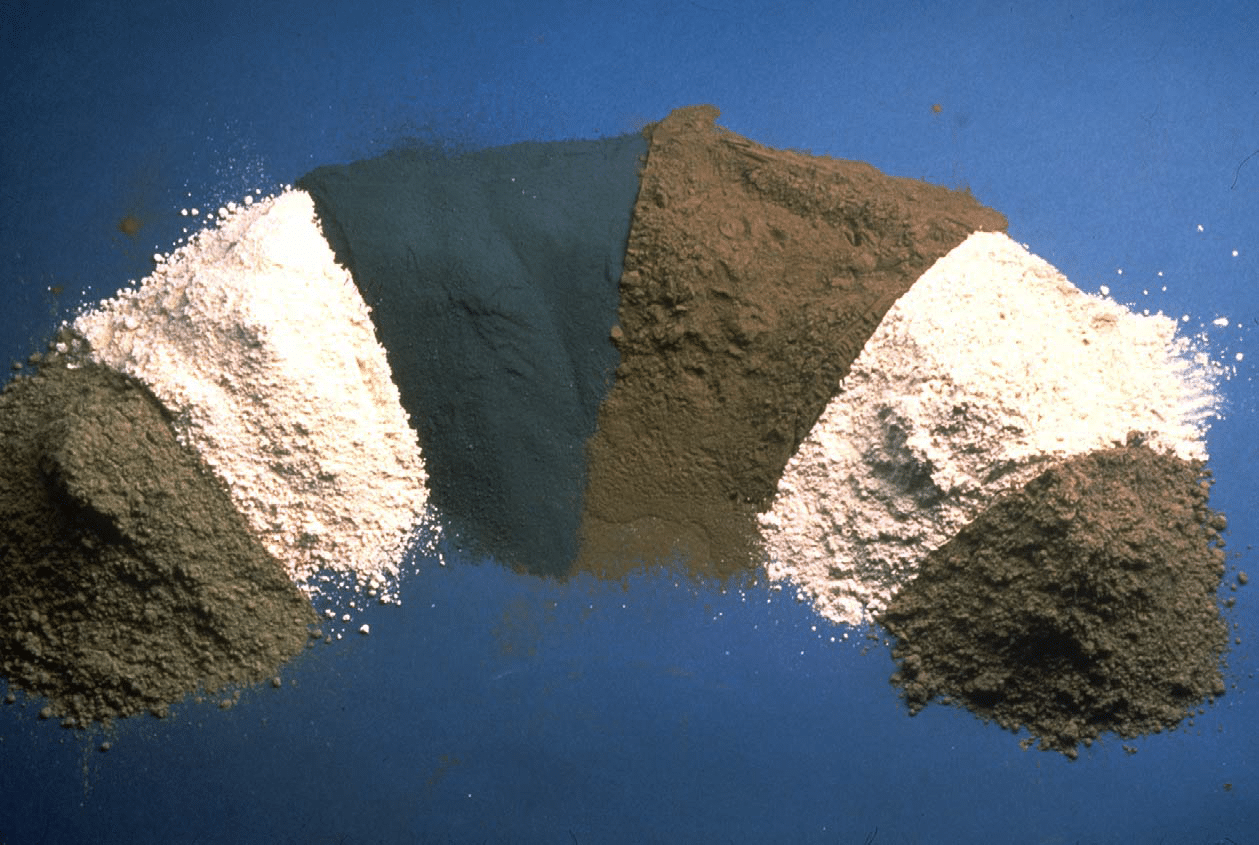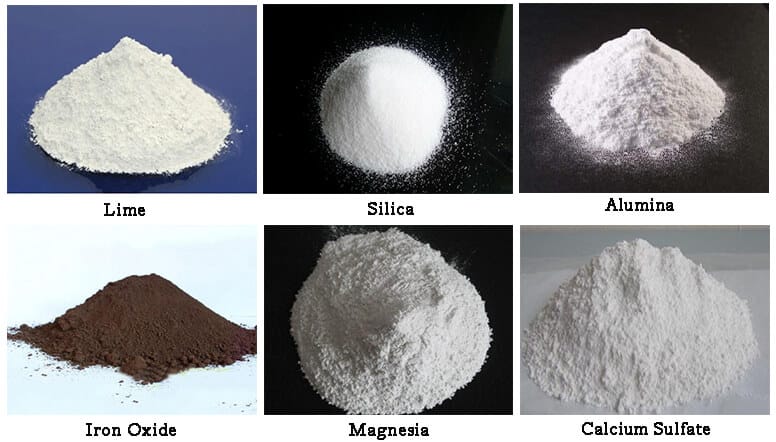Cement is one of the most used construction materials in the world. Concrete is used to construct most of the buildings constructed in the world today. It is one of the main components of concrete. This article will guide you through the important facts about cement ingredients that we need to know.
What is cement
Cement is a binder, a chemical compound used in construction that hardens, hardens and bonds to other materials to bond them together. Cement is used to make concrete, which is considered the second most used resource in the world after water. Mainly it is used to make concrete, mortar, mortar, etc.
In most cases, cement is used to bind sand and coarse aggregate, not alone. Masonry mortar is made from cement mixed with fine aggregates and concrete is made from cement mixed with sand and coarse aggregates.
How cement is made
Calcium, silicon, aluminum, iron and other ingredients are chemically combined under close observation and monitoring to produce cement.
Limestone, shells and chalk or marl in combination with shale, clay, slate, blast furnace slag, quartz sand and iron ore are typical ingredients for cement production.
When heated to high temperatures, these materials combine to form a rock-like substance, which is then ground into a fine powder known as cement.
Cement Components
The Portland cement component can be divided into two main categories.
- Based on the chemicals contained in cement
- Based on the chemical combination of the cement
Cement ingredients according to available chemicals
The main chemicals found in cement are calcium oxide, silicon dioxide, aluminum oxide and iron oxide. In addition, chemicals such as magnesium oxide, calcium sulfate, sulfur and alkali can be identified. The table below shows their approximate distribution.
| Chemical compost | Form | Shortest form | Approximate percentage |
| Lime – calcium oxide | Dog | W | 60 – 65% |
| Silica – silicon dioxide | SiO2 | s | 17 – 25% |
| Alumina – aluminum oxide | Al 2 Ó 3 | A | 3 – 8% |
| Iron oxide | Faith 2 Ó 3 | F | 0.5 – 6% |
| magnesia | MgO | 0.1 – 3% | |
| Calcium Sulfate | CASE 4 | 1 – 3% | |
| sulfur | THEN 3 | 1 – 3% | |
| alkali | 0.1 – 1% |
Now let's briefly discuss each type of chemical.


lime
Lime is known as calcium oxide ( CaO) . As indicated in the table above, it is the highest percentage i.e. 60-65% of the cement and is the main component of the ingredients of Portland cement. Lime can be obtained from limestone, chalk and shale, etc.
Lime is important for developing the strength of concrete. It must be maintained at ideal levels. A lower lime content reduces the strength of the concrete and also the setting time of the concrete.
silica
Silica is also known as silicon dioxide ( SiO2 ). Compared to lime, its proportion is low (17 – 25%). Silica can be obtained from sand, clay rock, etc.
Silica also contributes to the strength of concrete. Therefore, the composition must be adequately controlled, as increasing the silica compound increases strength and at the same time also increases the setting time of the concrete.
aluminum oxide
Alumina is called aluminum oxide ( Al 2 Ó 3 ). It can be obtained from bauxite, alumina clay, etc. Furthermore, it represents the third largest proportion (3 – 8%) in cement.
Aluminum oxide causes concrete to harden quickly and also reduces the temperature of the clinker, resulting in the creation of a weak cement.
Iron oxide
It is known as Faith 2 Ó 3 . and requires about 0.5 – 6% of cement.
Iron oxide affects the color of the cement. The tricalcium-aluminum ferrite compound (4CaO.Al 2 Ó 3 Fé 2 Ó 3 =C 4 AF) is made from a combination of lime, clay and iron oxide and affects the hardness and strength of concrete.


Cement components according to chemical composition
The chemical and physical properties of cement are discussed mainly in terms of varying percentages of its chemical composition. The four main chemical compositions of cement are C 3 SC 2 SC 3 A and C 4 AF.
The table below lists the names and chemicals contained in each composition.
| Composite name | Form | Short name |
| tricalcium silicate | 3CaOSiO 2 | C 3 S |
| Dicalcium silicate | 2CaOSiO 2 | C 2 S |
| tricalcium aluminate | 3CaO Al 2 Ó 3 | C 3 A |
| Tetracalcium aluminoferrite | 4CaOAl 2 Ó 3 Faith 2 Ó 3 | C 4 AF |
There are also other ingredients such as sodium dioxide (Na 2 O), potassium dioxide (K 2 O) and gypsum (CaSO 4 .2H 2 O) used as cement components.
The table below shows the composition of the various Cement Types Categories defined by ASTM standards. These percentages change depending on concrete mix design .
| Type of cement | Use of cement | C 3 S | C 2 S | C 3 A | C 4 AF | CS̄ 2 |
| I | General purpose | 55 | 17 | 10 | 7 | 6 |
| II | Moderately resistant to sulfates | 55 | 20 | 6 | 10 | 5 |
| third chapter | High initial strength | 55 | 17 | 9 | 8th | 7 |
| 4 | Low heat of hydration | 35 | 40 | 4 | 12 | 4 |
| v | Sulfate resistant | 55 | 20 | 4 | 12 | 4 |
C 3 S- tricalcium silicate
Contributes to the initial strength of concrete. This is the case for approximately the first week after concreting.
C 2 S- Dicalcium silicate
Contributes to the development of strength after C 3 S
C 3 A- tricalcium aluminate
It contributes to the highest Heat of hydration and C 3 SC 4 AF and C 2 S have heat development in decreasing order.
In summary, the different components of cement vary depending on the type of concrete produced and the type of cement produced. As explained above, the variation can be made according to the specific composition of the mixture and based on parameters such as water-cement ratio, expected strength of the concrete based on the heat generated during the hydration process, rate of increase in strength, etc. .

